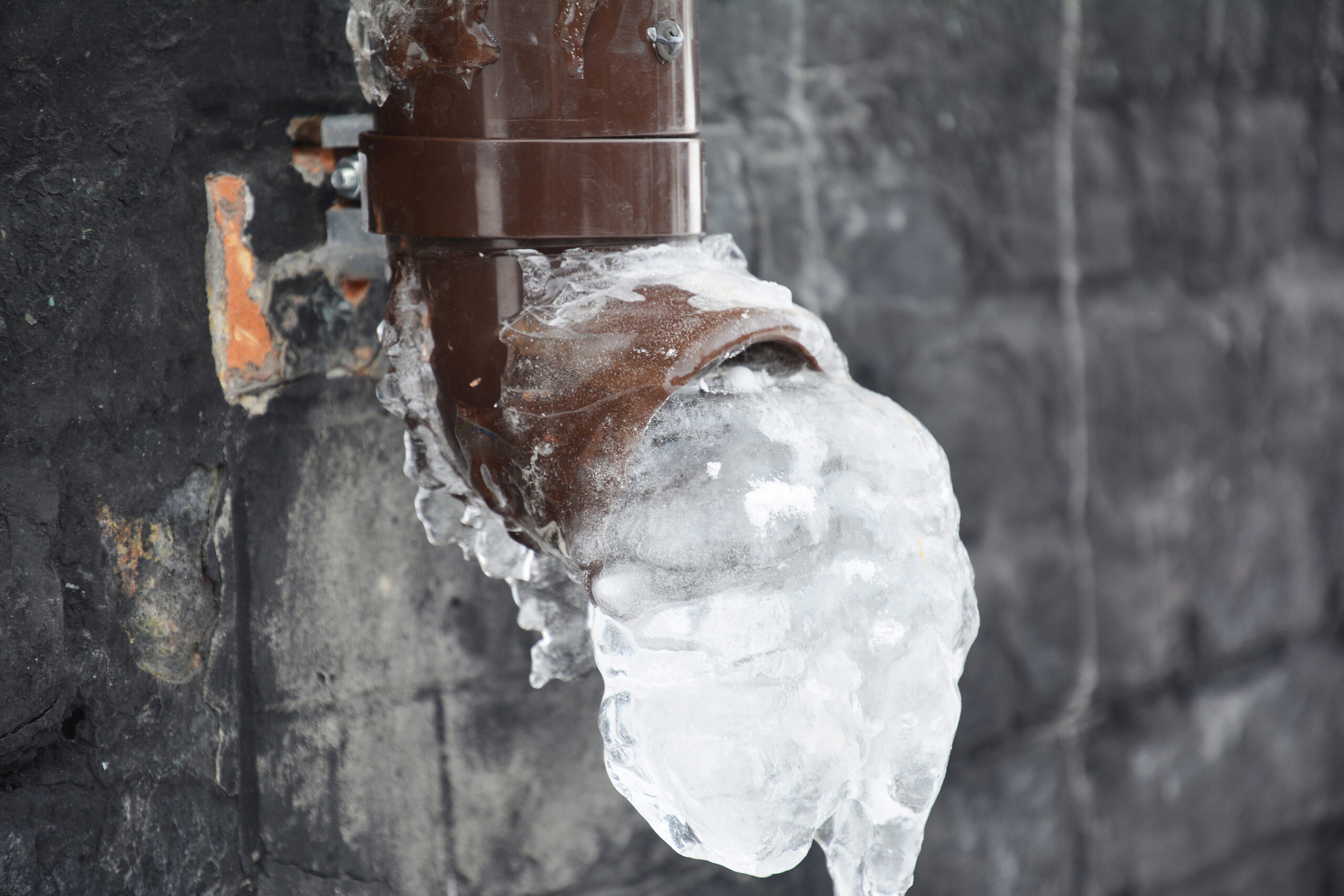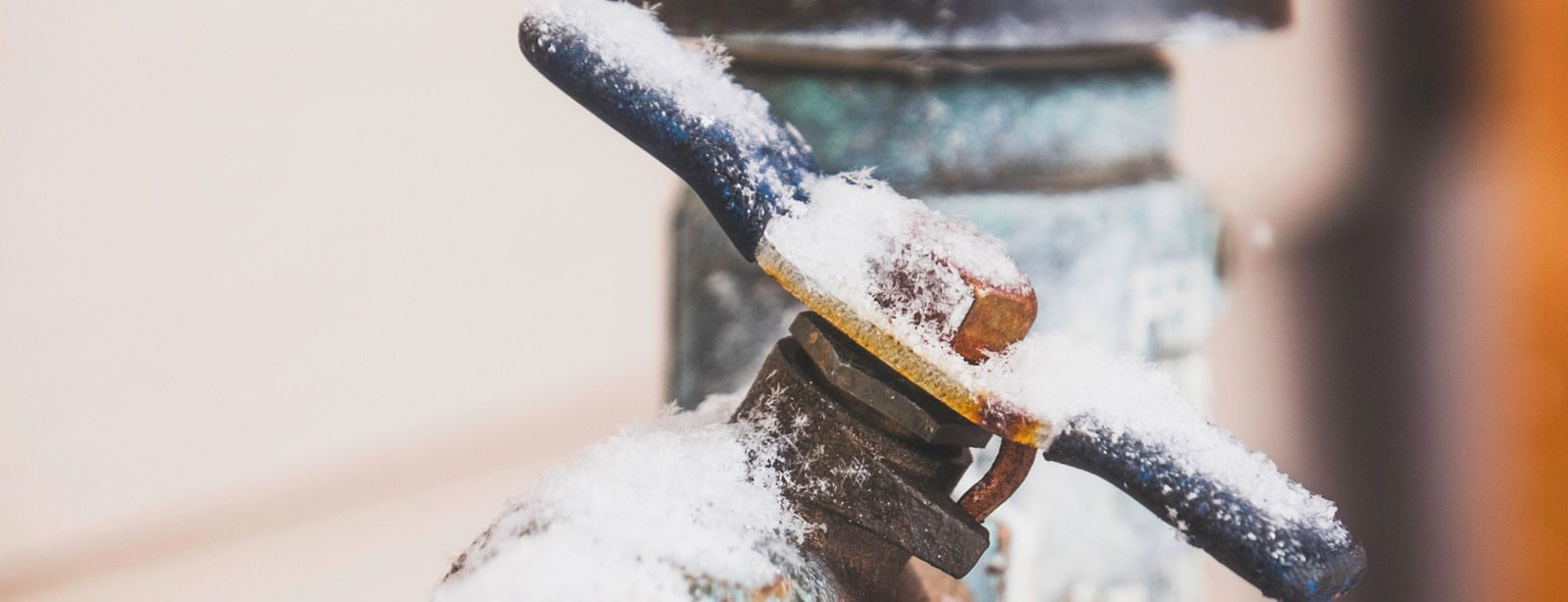What're your thoughts about Prevent Frozen Pipes ?

Winter can damage your plumbing, particularly by freezing pipes. Below's exactly how to avoid it from happening and what to do if it does.
Introduction
As temperature levels decrease, the threat of icy pipes rises, potentially resulting in pricey repair work and water damage. Recognizing how to prevent icy pipes is important for property owners in cold environments.
Comprehending Icy Pipelines
What triggers pipelines to freeze?
Pipes ice up when exposed to temperature levels below 32 ° F (0 ° C) for expanded durations. As water inside the pipelines freezes, it expands, putting pressure on the pipe wall surfaces and potentially causing them to break.
Threats and damages
Icy pipes can cause water supply disruptions, building damage, and expensive repair work. Burst pipes can flooding homes and trigger substantial architectural damages.
Indicators of Frozen Pipeline
Determining icy pipes early can prevent them from rupturing.
How to identify frozen pipelines
Seek reduced water circulation from faucets, uncommon odors or sounds from pipelines, and visible frost on exposed pipelines.
Prevention Tips
Shielding susceptible pipelines
Cover pipes in insulation sleeves or use warmth tape to safeguard them from freezing temperature levels. Concentrate on pipes in unheated or exterior locations of the home.
Home heating strategies
Keep indoor spaces properly heated, especially locations with pipes. Open up cabinet doors to permit cozy air to distribute around pipelines under sinks.
Securing Exterior Plumbing
Yard tubes and exterior taps
Separate and drain garden tubes before winter season. Mount frost-proof spigots or cover exterior faucets with insulated caps.
What to Do If Your Pipes Freeze
Immediate activities to take
If you presume icy pipes, maintain taps available to soothe stress as the ice melts. Utilize a hairdryer or towels soaked in hot water to thaw pipelines slowly.
Long-Term Solutions
Architectural changes
Take into consideration rerouting pipes far from exterior wall surfaces or unheated areas. Add added insulation to attics, cellars, and crawl spaces.
Updating insulation
Purchase high-quality insulation for pipes, attics, and wall surfaces. Proper insulation aids maintain constant temperatures and decreases the risk of frozen pipes.
Final thought
Preventing icy pipes requires proactive actions and fast feedbacks. By comprehending the causes, signs, and preventive measures, homeowners can protect their plumbing during winter.
5 Ways to Prevent Frozen Pipes
Drain Outdoor Faucets and Disconnect Hoses
First, close the shut-off valve that controls the flow of water in the pipe to your outdoor faucet. Then, head outside to disconnect and drain your hose and open the outdoor faucet to allow the water to completely drain out of the line. Turn off the faucet when done. Finally, head back to the shut-off valve and drain the remaining water inside the pipe into a bucket or container. Additionally, if you have a home irrigation system, you should consider hiring an expert to clear the system of water each year.
Insulate Pipes
One of the best and most cost-effective methods for preventing frozen water pipes is to wrap your pipes with insulation. This is especially important for areas in your home that aren’t exposed to heat, such as an attic. We suggest using foam sleeves, which can typically be found at your local hardware store.
Keep Heat Running at 65
Your pipes are located inside your walls, and the temperature there is much colder than the rest of the house. To prevent your pipes from freezing, The Insurance Information Institute suggests that you keep your home heated to at least 65 degrees, even when traveling. You may want to invest in smart devices that can keep an eye on the temperature in your home while you’re away.
Leave Water Dripping
Moving water — even a small trickle — can prevent ice from forming inside your pipes. When freezing temps are imminent, start a drip of water from all faucets that serve exposed pipes. Leaving a few faucets running will also help relieve pressure inside the pipes and help prevent a rupture if the water inside freezes.
Open Cupboard Doors
Warm your kitchen and bathroom pipes by opening cupboards and vanities. You should also leave your interior doors ajar to help warm air circulate evenly throughout your home.

As a keen reader about Helpful Tips to Prevent Frozen Pipes this Winter, I thought sharing that piece of content was essential. Sharing is nice. Who knows, you may very well be helping someone out. We cherish reading our article about 6 Ways to Prevent Frozen Pipes.
Call Us Today